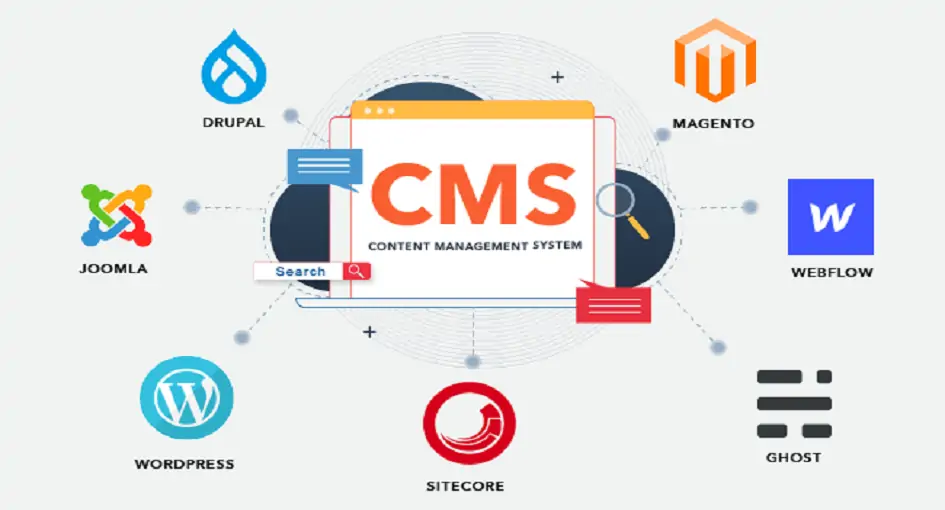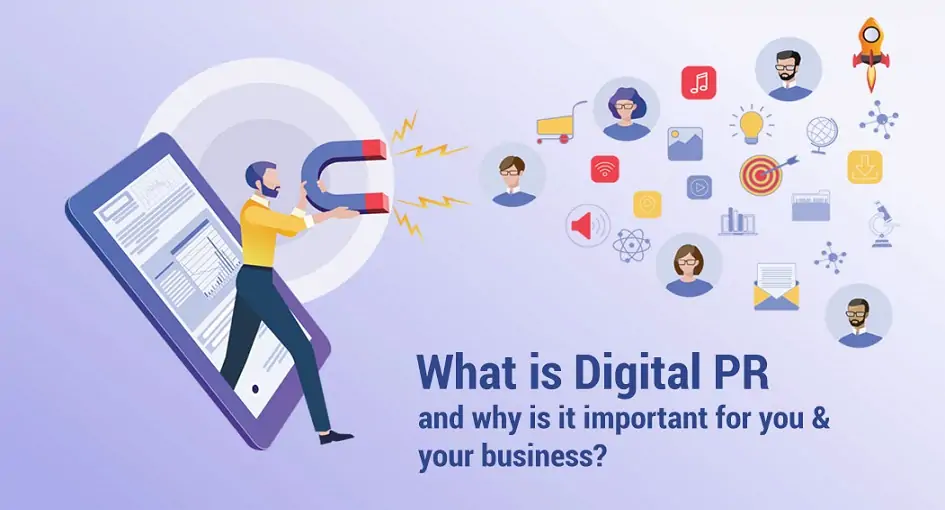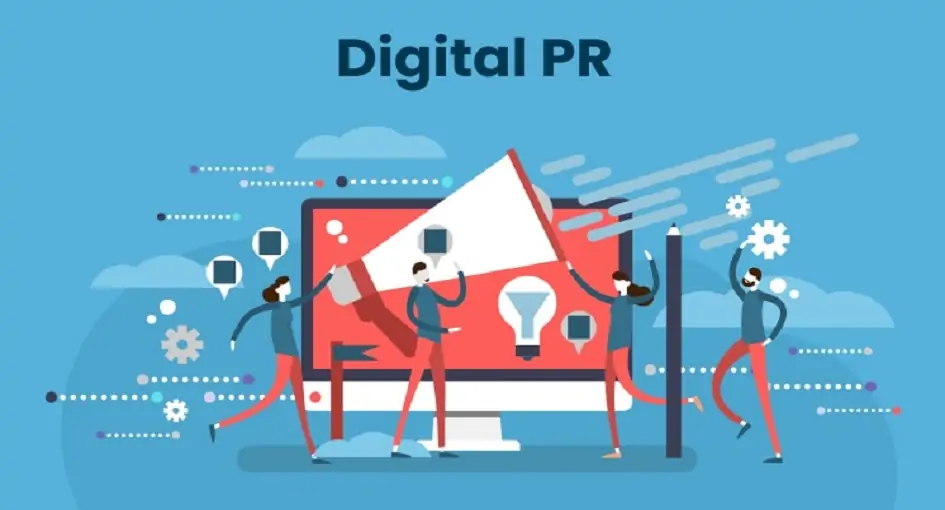Best AI Tools for Business Growth and Competition in Industry
The corporate environment is being completely transformed by artificial intelligence (AI), which provides tools and solutions that boost competitiveness and promote growth. Artificial intelligence (AI) is increasingly essential for companies looking to prosper in a cutthroat market, from automating repetitive jobs to offering perceptive data analytics. These days, organizations need artificial intelligence (AI) solutions and the best AI tools for business because they provide automation, data-driven insights, and improved consumer experiences. They support companies in improving consumer engagement, operational efficiency, and decision-making. Organizations that prioritize data have higher acquisition, retention, and profitability rates. Repetitive jobs are automated by AI, freeing up human resources for strategic endeavors. Customizing a customer’s experience may greatly increase their happiness and loyalty.
Artificial intelligence (AI) anf the best AI tools for business productivity are being adopted at a rapid rate; in the last four years, 37% of firms have implemented AI in some capacity, a 270% growth. AI has a huge economic impact; by 2030, PwC estimates the global economy might benefit by up to $15.7 trillion. Artificial intelligence (AI)-driven chatbots and virtual assistants enhance customer service by responding quickly and managing several queries at once.
AI stimulates innovation by making new goods and business models possible, such as predictive maintenance in the manufacturing industry through the best AI tools for small business ventures. An augmented workforce improves worker efficiency; 61% of business executives are revamping tasks to incorporate robotics and artificial intelligence. Artificial intelligence (AI) enhances security by instantly identifying fraud and other threats. Additionally, supply chain management powered by AI may cut forecasting mistakes by 20–50% and lost sales resulting from unavailable products by 65%.
The top artificial intelligence (AI) solutions, the best AI tools for business, and top 10 AI tools for business that can help companies develop significantly and maintain a competitive advantage are examined in this article.
The Best AI Tools for Business Growth and Competition in Corporate Firms
1. Customer Relationship Management (CRM) Systems
- Salesforce Einstein
Salesforce Einstein is a CRM solution driven by artificial intelligence that facilitates better customer relationship management for companies. To get a better understanding of consumer behavior, it provides machine learning, natural language processing (NLP), and predictive analytics. Businesses may use Einstein to estimate sales more accurately, automate data input, and customize customer interactions. This promotes improved customer connections and boosts sales productivity as the best AI tools for business.
2. Marketing Automation Tools
- HubSpot
Businesses may simplify their marketing operations with the use of HubSpot’s AI-powered marketing automation solutions and the best AI tools for business. Predictive lead scoring, content optimization, and customized email marketing are just a few of the tools that HubSpot provides. HubSpot can identify which leads are most likely to convert, improve content for more engagement, and automate email campaigns for optimum effect by analyzing customer data. This guarantees that marketing activities are more focused and successful, in addition to saving time.
- Marketo
Advanced marketing automation and the best AI tools for business are offered by Marketo, an Adobe subsidiary. Predictive content, lead scoring, and account-based marketing are made possible by its AI capabilities. In order to forecast which content would be most effective for each individual consumer, Marketo’s AI algorithms examine customer interactions and behaviors. This helps to boost engagement and conversion rates.
3. Sales Optimization Tools
- Gong
Gong analyzes meetings and sales conversations using AI. Gong offers insights into what works and what doesn’t in sales pitches by recording and transcribing talks. It evaluates talk-to-listen ratios, highlights important points in talks, and pinpoints patterns in profitable transactions. This aids in the improvement of closing rates and method refinement for sales teams.
- InsideSales.com
AI is used by InsideSales.com to streamline sales procedures. Sales teams may prioritize leads, choose the ideal times to contact prospects, and find the most successful sales tactics with the aid of its predictive analytics capabilities. Through the use of historical interaction data, InsideSales.com is able to offer practical suggestions for enhancing sales success as one of the best AI tools for business.
4. Customer Service and Support
- Zendesk Answer Bot
Zendesk’s Answer Bot leverages artificial intelligence to deliver prompt answers to client queries. The Answer Bot is capable of providing pertinent responses from the organization’s knowledge base by comprehending and analyzing consumer inquiries. This shortens response times, boosts client satisfaction, and frees up support staff to work on more difficult problems.
- Ada
Ada is a chatbot platform driven by AI that streamlines customer service correspondence. It can aid with transactions, direct clients to the right departments, and answer frequently asked questions. Ada helps companies lower operating expenses and improve customer service by offering round-the-clock support.
5. Data Analytics and Business Intelligence
- Tableau
Tableau offers sophisticated data analytics and visualization by integrating AI as one of the best AI tools for business. Predictive analytics for trend forecasting and natural language processing for data queries are two of its AI-powered capabilities. Tableau converts complicated data into clear representations and useful insights to assist organizations in making data-driven choices.
- Watson Analytics from IBM
Advanced AI features for data discovery, visualization, and predictive analytics are available with IBM Watson Analytics. It makes use of machine learning to find hidden patterns in data and deliver insights that are useful. Natural language processing is another feature of Watson Analytics that enables users to ask queries in simple terms and get pertinent answers.
6. Human Resources and Recruitment
- HireVue
AI is used by HireVue to expedite the hiring process. Its video interviewing technology evaluates a candidate’s appropriateness for a position by analyzing their language, tone of voice, and facial expressions. This lessens prejudice in the employment process and enables HR teams to make better-informed hiring selections as best AI tools for business Reddit.
- Pymetrics
Pymetrics matches applicants with appropriate job roles by utilizing AI and neuroscience. Candidates’ cognitive and emotional qualities are assessed using gamified examinations, and machine learning algorithms are then used to match the candidates with appropriate job descriptions. Employers benefit from increased recruiting accuracy and staff retention rates as a result of this.
7. Financial Management through the Best AI Tools for Business
- Xero
AI is integrated into Xero, a cloud-based accounting program, to automate financial operations. Financial forecasting, spending classification, and automated invoice processing are some of the functions it provides. Businesses may improve their financial health, minimize mistakes, and optimize their accounting procedures with the use of Xero’s AI capabilities.
- QuickBooks
One of the best AI tools for business is a tool that QuickBooks utilizes to improve its financial management and accounting services. Automated cash flow forecasting, spending management, and bookkeeping are some of its AI-powered capabilities. QuickBooks facilitates more effective financial management and data-driven financial decision-making for enterprises.
8. Supply Chain and Inventory Management
- Llamasoft
Llamasoft optimizes supply chain processes with the best AI tools for business GitHub. Its sophisticated analytics features assist companies with inventory control, demand forecasting, and logistics optimization. Llamasoft helps businesses save costs, increase productivity, and strengthen the robustness of their supply chains by utilizing AI.
- ClearMetal
ClearMetal offers inventory optimization and supply chain visibility solutions driven by AI. Its machine learning algorithms deliver real-time insights into inventory levels, shipping statuses, and demand trends by analyzing data from several sources. This aids companies in increasing customer satisfaction and streamlining their supply chain processes.
9. Product Recommendations and Personalization
- Dynamic Yield
AI is used by Dynamic Yield to provide individualized client experiences at several touchpoints. Its machine learning algorithms examine client information to deliver tailored offers, content, and product suggestions. Dynamic Yield helps companies boost customer engagement and conversion rates by providing relevant experiences.
- Algolia
Algolia is a platform for search and discovery driven by AI as the best AI tools for business. To deliver pertinent search results and recommendations, machine learning is used. Businesses may improve the user experience, increase conversion rates, and improve website search functionality with Algolia’s AI capabilities.
10. Content Creation and Management
- Grammarly
Grammarly makes use of AI to help with text editing and production. It is considered as one of the best AI tools for students. Its sophisticated grammar and style checking features support authors in creating work that is clear, succinct, and error-free. Grammarly’s AI is a useful tool for content marketers since it also offers recommendations for enhancing readability and engagement.
- Acrolinx
Acrolinx uses AI to guarantee consistency and quality of material. Its AI-powered engine examines text for tone, style, and brand rule compliance. Acrolinx helps companies increase the efficacy of their content and preserve a consistent brand voice across all communications.
The key to successfully integrating AI into a business strategy lies in understanding the specific needs of the business and selecting the appropriate AI tools that align with those needs. Whether it’s improving customer interactions, streamlining marketing efforts, or optimizing financial management, AI provides the tools necessary for businesses to thrive in a competitive landscape.
Conclusion: AI tools are transforming the way businesses operate, providing them with the capabilities to grow and stay competitive in an increasingly digital marketplace. From CRM systems and marketing automation to data analytics and customer service, the best AI tools for business offer solutions that enhance efficiency, improve decision-making, and drive business growth.
By leveraging the best AI tools for business free, corporations can gain deeper insights into customer behavior, optimize their operations, and deliver personalized experiences that foster loyalty and increase revenue. As AI technology continues to evolve, its impact on business growth and competition will only become more significant, making it essential for businesses to stay informed and adopt the best AI tools to meet their unique needs.

















